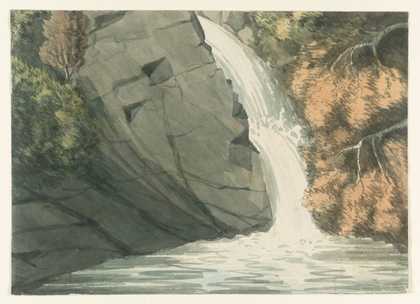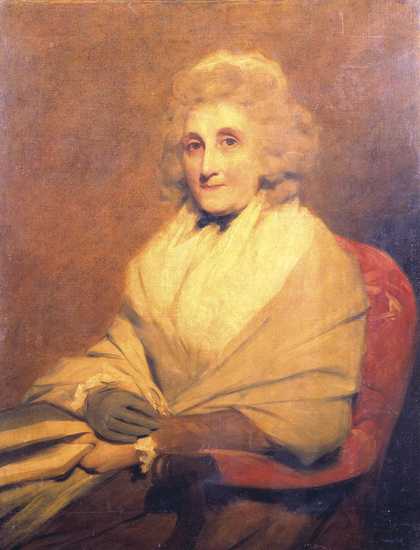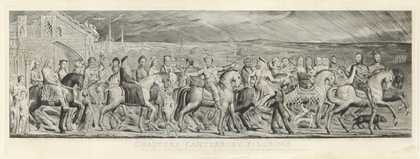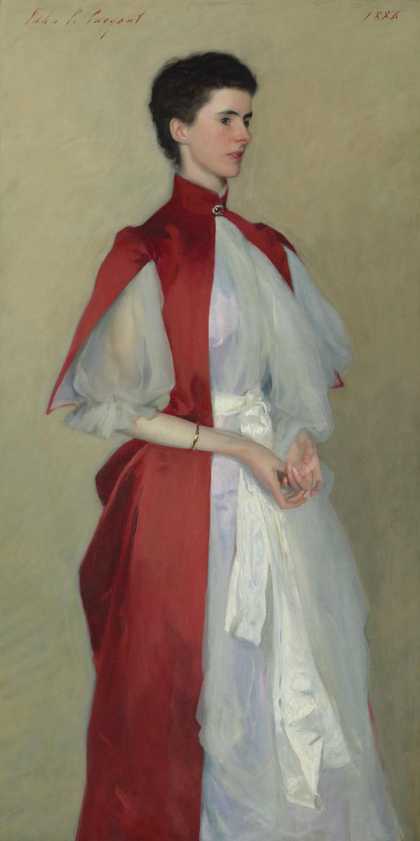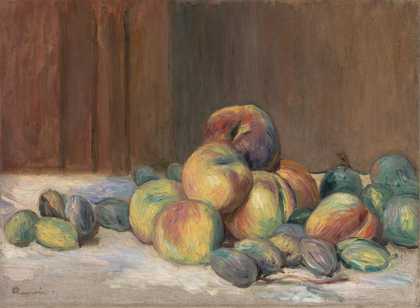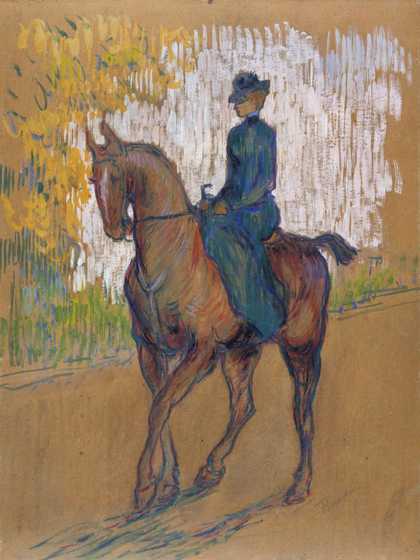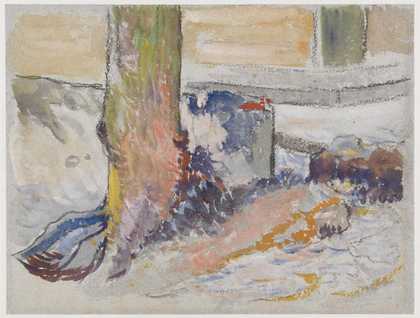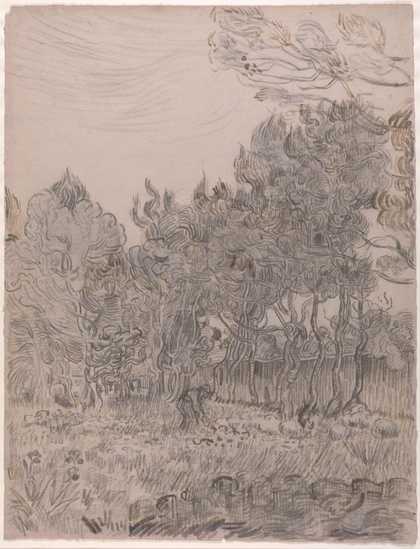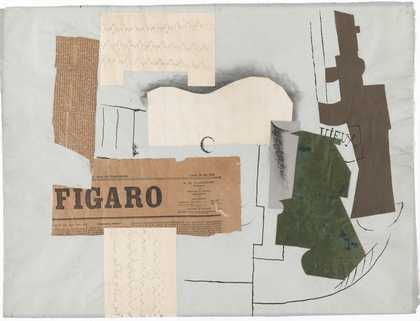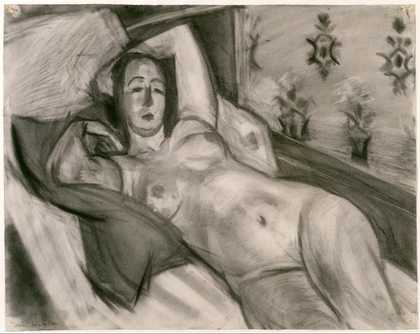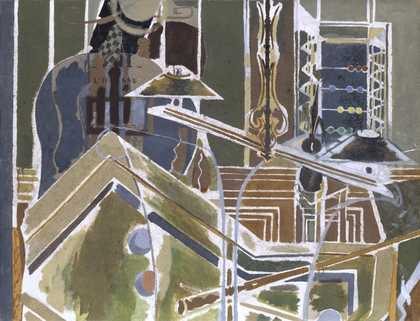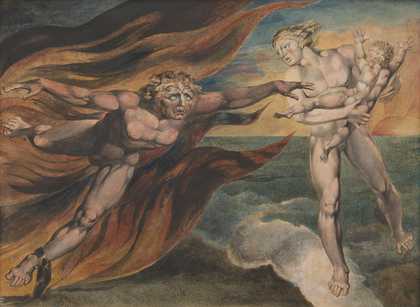
William Blake
The Good and Evil Angels (1795–?³¦.1805)
Tate
Mr. and Mrs. Whitney’s collection has been formed over a period of years: Mr. Whitney made his first purchases when he was an undergraduate at Yale, but like most other collectors he had at first to experiment and to feel his way.
When Mr. Whitney began collecting he had already been long familiar with fine works of art. On the walls of the Whitney family house on Fifth Avenue hung a number of notable and interesting pictures: portraits by Romney, Raeburn and other members of the formerly fashionable British School, watercolours by Blake and Rowlandson, a portrait by Rembrandt and a number of paintings by contemporary Americans.
Among those which still form part of the Whitney collection is the fascinating portrait of Robert Louis Stevenson by Sargent.
Although most of the French paintings were bought in the 1920s, not long before Mr. Whitney began to make his own collection, they did not inspire his interest in this school.
His predilection, however, was quick to show itself after several lesser purchases of modem French works; in 1929 he acquired the second version of Renoir’s Moulin de la Galette of 1876.
His interest has moved gradually forward in time to their successors, so that there have been acquired splendid examples of Lautrec (Marcelle Lender dansant le Bolèro dans ‘Chilpéric’), of Gauguin (Parau-Parau), of Van Gogh (one of the greatest of the long series of Self-Portraits), of Picasso (Garçon à la Pipe), while his assembly of Fauve paintings, which includes Matisse’s Fenêtre ouverte, Collioure and Braque’s Le Port de La Ciotat, is hardly surpassed.
John Rothenstein

